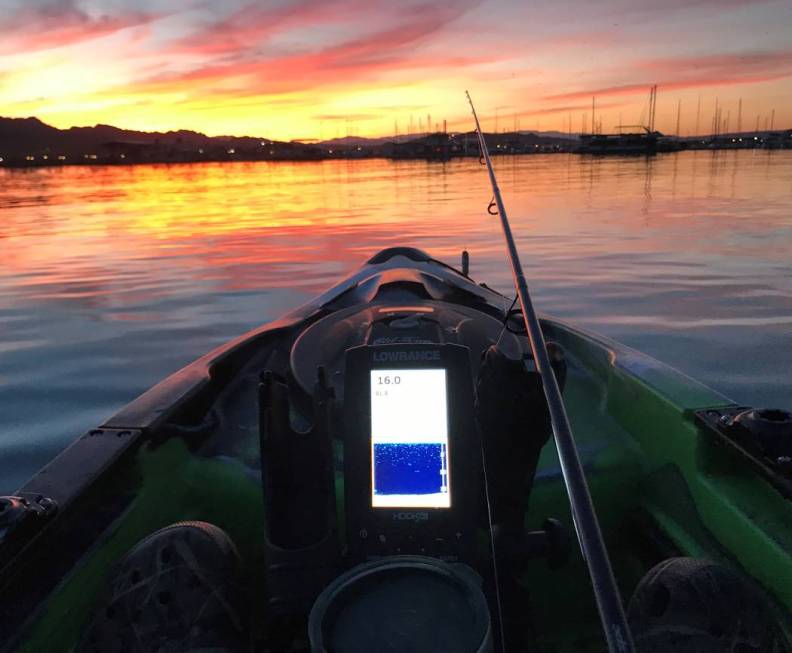Extra caution should be observed when fishing from kayaks

In the past decade or so, the fishing industry has seen a significant increase in anglers choosing to fish from a kayak. This trend has not been missed by manufacturers who have responded by designing sport-specific kayaks.
What you won’t find in these new designs is paddling speed, but you will find a platform designed for stability. The goal has been to create a craft stable enough for an angler to comfortably stand in while fishing. But even with that increased stability, anglers and other users still need to keep safety in mind.
According to a U.S. Coast Guard 2017 report on recreational boating accidents, there were 658 recreational boating deaths that year. Nearly half (305) of those fatalities were associated with an open motorboat, but the second largest number of deaths (94) occurred while people were using a kayak. In 86 percent of those cases, the cause of death was drowning.
Two primary causes of the 182 accidents involving kayaks in 2017 were operator inexperience (24 percent) and hazardous waters (21 percent), both of which can be found in abundance on Southern Nevada’s recreational waterways.
Canoes, another popular paddle sport, accounted for 44 deaths. Of those, 41 died from drowning. Together, kayaking and canoeing accounted for 21 percent of boating fatalities in 2017 and 22 percent in the previous three years.
The report doesn’t identify how many of these people died while using a kayak or canoe for fishing, but does it really matter? The bottom line is that they were paddling when they did, and in most cases their death was preventable.
Safety first
Inexperience can be remedied in part by taking a paddling class. The American Canoe Association recommends taking an on-the-water course where they are available. Where they aren’t the ACA Paddlesports Course can be completed online at www.boat-ed.com.
One place to start is by wearing a life jacket. There are multiple options available on the market, and many of those have been designed specifically for paddlers. Generally speaking, they are designed to leave plenty of room in the shoulder area so they don’t interfere with your paddling stroke, and the flotation on the back is located high so it doesn’t get in the way when you are leaning against the seat back. Some come with pockets and attachment points for tools of the fishing trade.
Hazardous waters are often associated with Lake Mead and Lake Mohave, but don’t overlook their presence on Nevada’s smaller waters. Seasonal winds and thunderstorm activity can stir things up in a hurry.
At Mead and Mohave, boaters will often see a red, triangle shaped flag posted at the launch ramps. This flag indicates that the National Weather Service has issued a small craft advisory, which means dangerous wind speeds are expected in the immediate vicinity. Generally, that means sustained winds between 20 and 33 knots, or 23 and 38 miles an hour.
While these flags are still an effective means of communicating warnings, the national weather service website (www.weather.gov) should be on every outdoor enthusiast’s list of favorites.
Recently, a friend introduced me to a cell phone app that has been very helpful when making paddling plans. Called “Windy,” the app shows current and projected wind conditions at the locations designated by the user.
Like most apps, Windy comes in a free and a pro version, which you must purchase, but the free version does everything I need it to. The key is finding what works for you and then making the time to use it before loading up your kayak or boat, but don’t depend only on technology. Learn how to read the weather changes while you’re on the water and be prepared to adjust your plans accordingly.
Freelance writer Doug Nielsen is a conservation educator for the Nevada Department of Wildlife. His “In the Outdoors” column, published Thursday, is not affiliated with or endorsed by the NDOW. Any opinions he states in his column are his own. Find him on Facebook at @dougwritesoutdoors. He can be reached at intheoutdoorslv@gmail.com